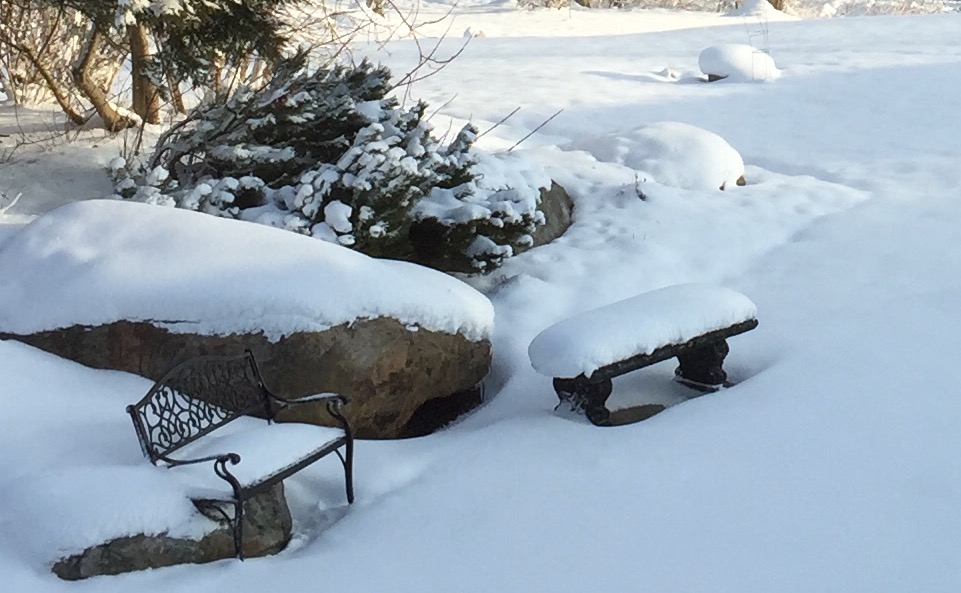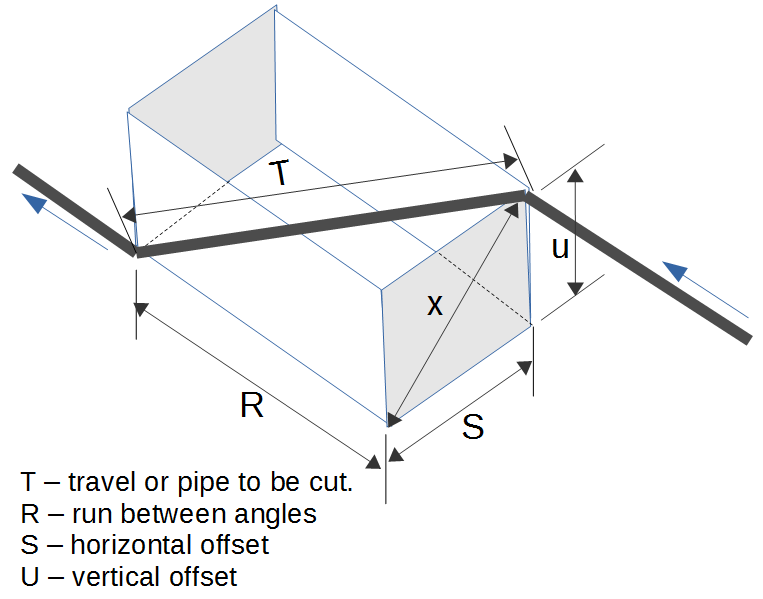Snow Water Equivalent (SWE)
The Snow Water Equivalent (SWE) calculator computes of the volume of liquid water contained in rain or snow pack defined by area, depth and snow type or rain.
INSTRUCTIONS: Choose units and enter the following:
- (A) Area Covered in Snow
- (D) Depth of Snow
- (T) Type of Snow (see table).
Liquid Water Volume (V): The volume is returned in acre-feet, gallons and liters. However, these can be automatically converted to compatible units via the pull-down menu.
The Math / Science
The Snow Water Equivalent calculator computes the amount of water in snow. See YouTube video instructions HERE. Different classifications of snow and ice have different water densities. These are listed in the table. This calculator computes the rough volume of the snow by multiplying the area (a) times the depth of snow (d). Then, the volume of water content can be computed by multiplying the volume of snow by the density of water in the snow based on the type of snow. This gives you the mass of the liquid water, which is converted easily into volume units such as gallons. Density of snow can range anywhere from 5% when ambient air temperature is 14 F, and can range up to 20% if the temperature is 32 F. The snow density will increase after the snowfall due to gravitational settling, packing, wind effects, melting and refreezing. The table contains a generally accepted range of density (kg/m3) for different types of snow. The equation will use a median value for the ranges in the density value column.
| Type of snow or ice | (kg/m3) |
| Fresh New snow | 50-70 |
| Damp new snow | 100-200 |
| Settled snow | 200-300 |
| Depth hoar | 100-300 |
| Wind packed snow | 350-400 |
| Firn (granular) | 400-830 |
| Very wet | 700-800 |
| Glacier ice | 830-917 |
| Rain/Melt | 997 |
Hydrology (Water, Rain and Snow) Calculators:
- Snow Pack to Liquid Water Calculator
- Volume of water in snow or rain
- Weight/Mass of Snow on an Area.
- Weight of Snow on a Rectangular Area.
- Weight of Snow on a Roof.
- Weight of Snow on a Polygon Shaped Area.
- Volume of Water in a Rainfall
- Flow Rate of Broad Crested Weir
- Water Capillary Rise.
- Volume of Flood Water.
- Number of sandbags needed to build a wall or dike.
- Water Saturation Ratio
- Rain Fall Harvesting Calculator
- Peak Discharge from Drainage Basin Runoff
- Gauckler-Manning Equation
- Cipolletti Weir Flow Rate
Calculating Area
The area covered by snow may be difficult to estimate. Here are some simple calculators to help you compute the area. To compute the size of your snow covered area, you must first identify the shape of the area.
- Calculate area for simple four sided rectangle with squared corners.
- Calculate area for quadrilateral which is an area with four straight sides with different angle corners.
- Calculate the area of a circle with a radius
- Calculate the area of an ellipse, oval shaped or flattened circle. See diagram.
- Calculate the area of a triangle
- Calculate the area of a triangle
- Calculates the area of regular polygons with three or more sides where the sides are the same length with the same angles in the corners.
- More calculators to compute area.
- Surface Area of Maryland Counties

The areas entered can be small for things such as patios and roofs, and they can be large like a county.
Plumbing Calculators
- Rolling Offsets (Run and Travel) – The Rolling Offset
 Rolling Offset Lengths
Rolling Offset Lengths Pipe Grading function computes the run and travel length a rolling offset based on the offsets and fittings. (see diagram).
- Pipe Grading - Compute the drop needed over a run to maintain a grade (e.g., 4" over 12')
- Diagonal of a Square - This is a simple calculation to assist in computing the diagonal of a square.
- Diagonal of a Box - This computes the length of the diagonal of a box (T) based on sides of length R, S and U.
- Flow Rate - This computes flow rate based on the total volume and the time it took to accumulate.
- Pipe Flow Volume - This computes the total volume from a pipe based on the flow rated and the duration of flow.
- Weight of Water in a Tank
- Computes the weight of water in a cylindrical tank based on the radius and height (or length).
- Weight of Water in a Pipe - Computes the weight of water or other substances in a pipe based on the dimension and material density.
- Weight of Sea Water in pipe - Computes the weight of sea water in a cylinder based on the radius and height (or length)
- Pressure Head - The Potential Gravity-Fed Water Pressure from a Tank (a.k.a. Pressure Head) based on the height of storage.
- Pipe Volume - Computes the volume in a pipe.
- Pipe Surface Area - Computes the surface area of a pipe.
- Pipe Coating Amount - Computes the volume of coating material for a pipe such as paint, polyethylene, polyurethane, zinc, bitumen, FBE or mortar.
- Volume of Water in a Tank (e.g. hot water tanks),
- Volume of a Spherical Container
- Weight of Water in a Spherical Container
- Volume of Water in Rectangular Tank
- Weight of Water in a Rectangular Tank
- Capillary Rise - The height of water in a small tube due to capillary force.
- Snow Water Equivalence - The volume of water created by an area and depth of snow.
- Pore Water Pressure - Pressure of uplift from the water table.
- Pipe Stress Budget - Computes the pressure that a pipe can withstand based on the allowable stress, wall thickness and outside diameter.
- Water in Basement Volume: Computes the volume of water in an area such as a basement based on the dimensions and the time required to pump it out based on a sump pump rate.
- Paint for Pipes: Computes the amount of paint needed to cover the exterior surface area of one or more pipes based on the pipe diameter, length, number of coats, number of pipes and the recommended area coverage of the paint.
- Time to Fill: Computes the amount of time necessary to fill something (e.g., tank or pool) based on the volume and flow rate.
- Pipe Insulation Calc: Computes the number of bags of pipe insulation needed for a run of pipes based on the 12' of length per bag and the length of pipe run to be insulated.
Calculators
Collections
- Comments
- Attachments
- Stats
No comments |

